
Refractive
Latest News
Latest Videos
CME Content
More News
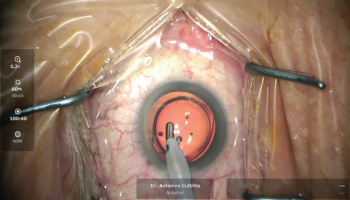
Bi-sign design compensates for aberrations resulting from misalignment.
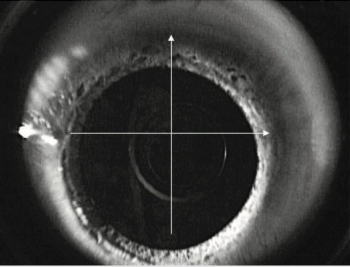
Procedure can improve best-corrected visual acuity, enhancing quality of life for patients.
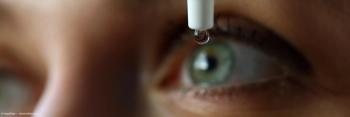
Therapeutic choices beneficial for patients may be available in 1 to 3 years.
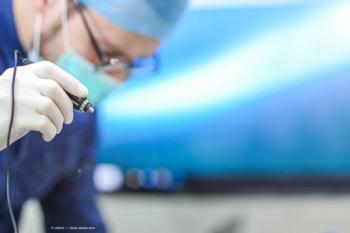
Investigators examine the demographic, refractive, PRO data measure.
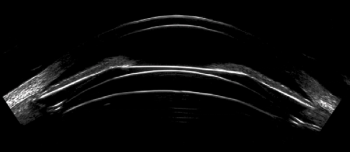
Advancements in imaging make ICL an effective option for a wider range of patients.

Patients are serious about procedure and ready to move forward.
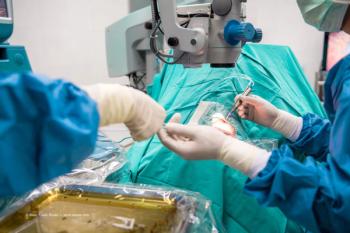
Investigators find treatment is an option for treating open-angle glaucoma.
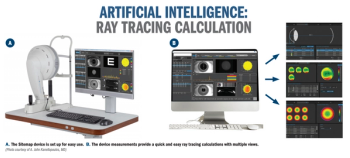
Novel technique provides another option for normal and irregular corneas.
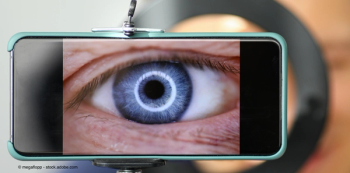
George Waring IV, MD serves as guest host for ‘History and Evolution of Contemporary Refractive Surgery’
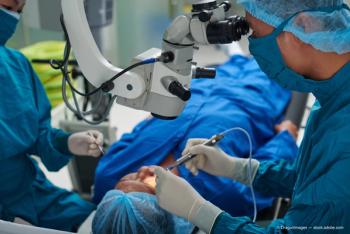
Refractive surgery for treating myopia is linked to low rates of regression, enhancement.
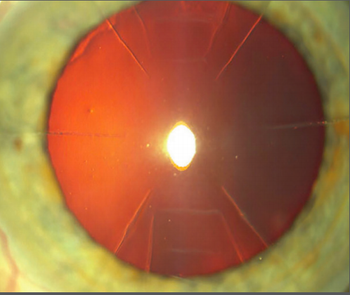
New option may prove to be a solution for cataract cases with unusual corneas.

Physicians should consider basing decisions on findings from comprehensive consultation and examination.

Clinical-stage pharma company announces next step in investigation of BRIMOCHOL to treat presbyopia.
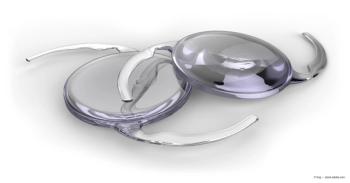
One surgeon shares the early results of his experience using the new TECNIS Eyhance and TECNIS Eyhance Toric II IOLs in performing the first post-FDA-approved cases in the U.S.
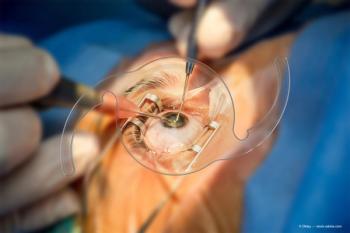
Phakic lenses are proving to be excellent additions to refractive practices.
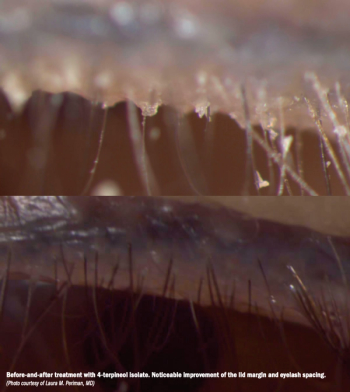
New options open possibilities for treatment, resulting in better outcomes for patients.
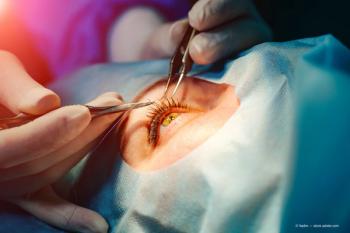
Advances in laser-vision correction provide visual results that often surpass 20/20.
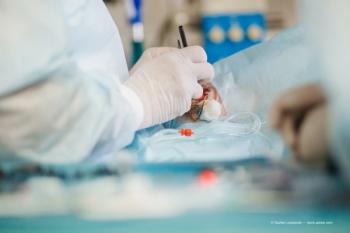
Optics block out-of-focus and stray light, allow continuum of vision.

Large randomized trial compares efficacy and safety of multiple regimens

Newly cleared technology for laser cataract gives ophthalmologists another tool.

Monofocal toric lens delivers effective astigmatic correction and more, study results show
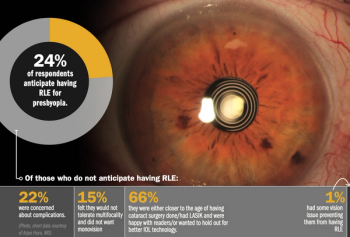
RLE, in unexpected twist, is gaining support among surgeons

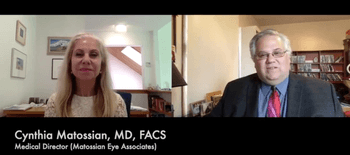
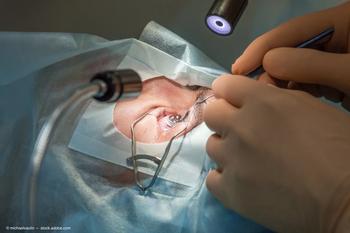


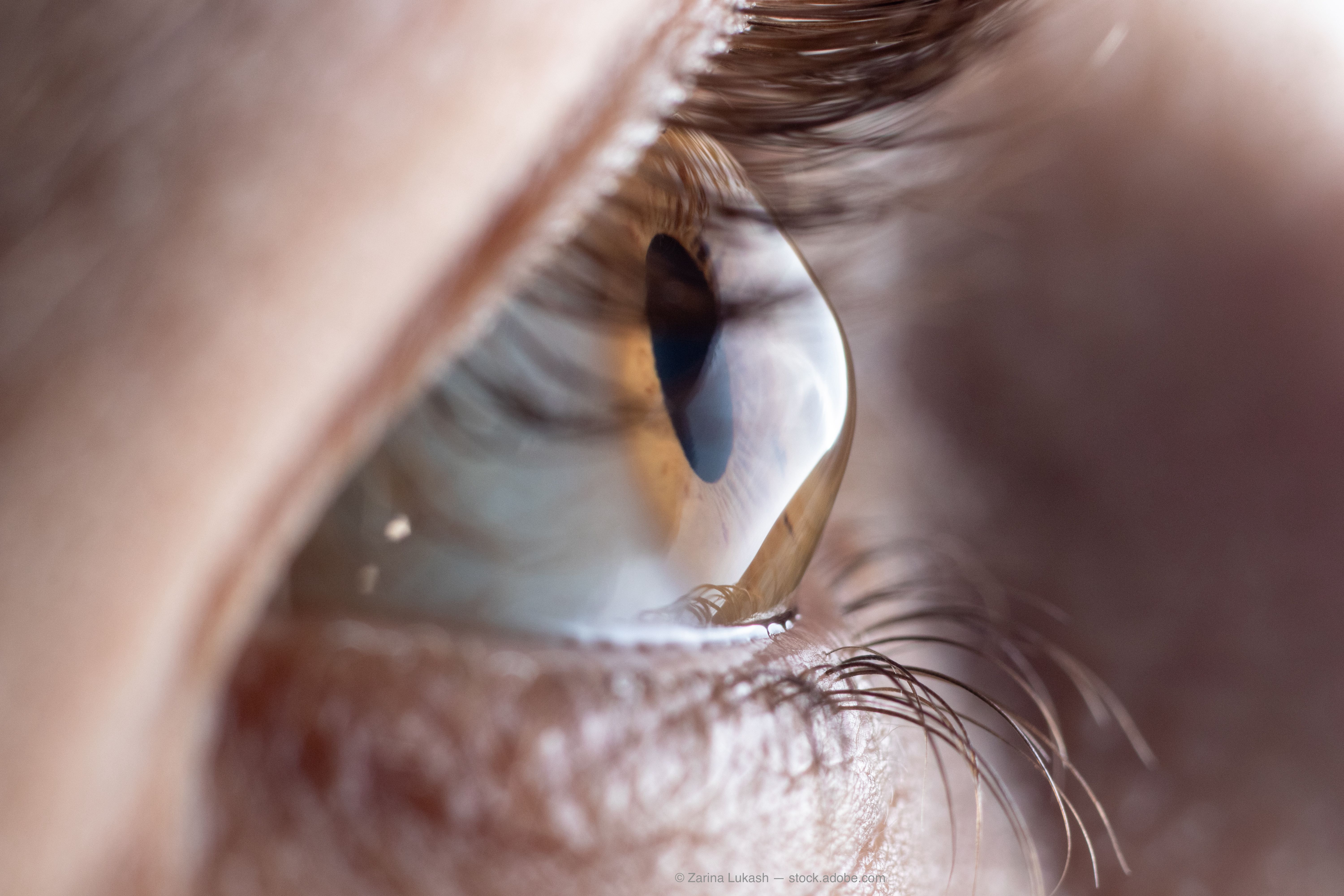



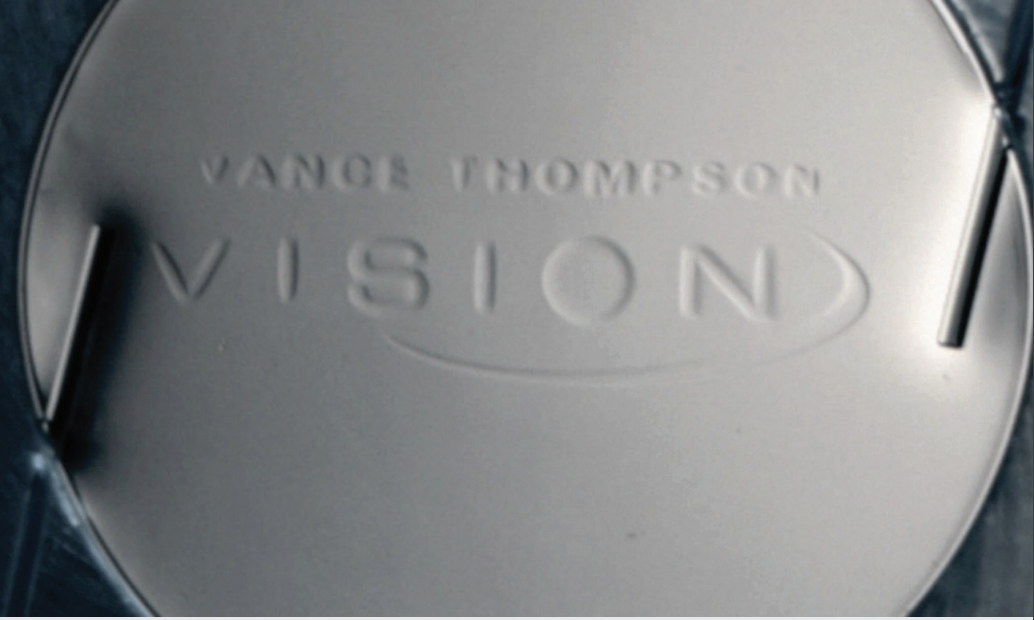
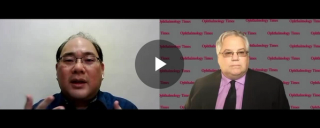
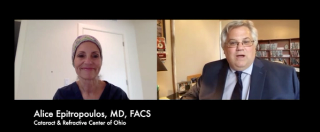












































.png)


